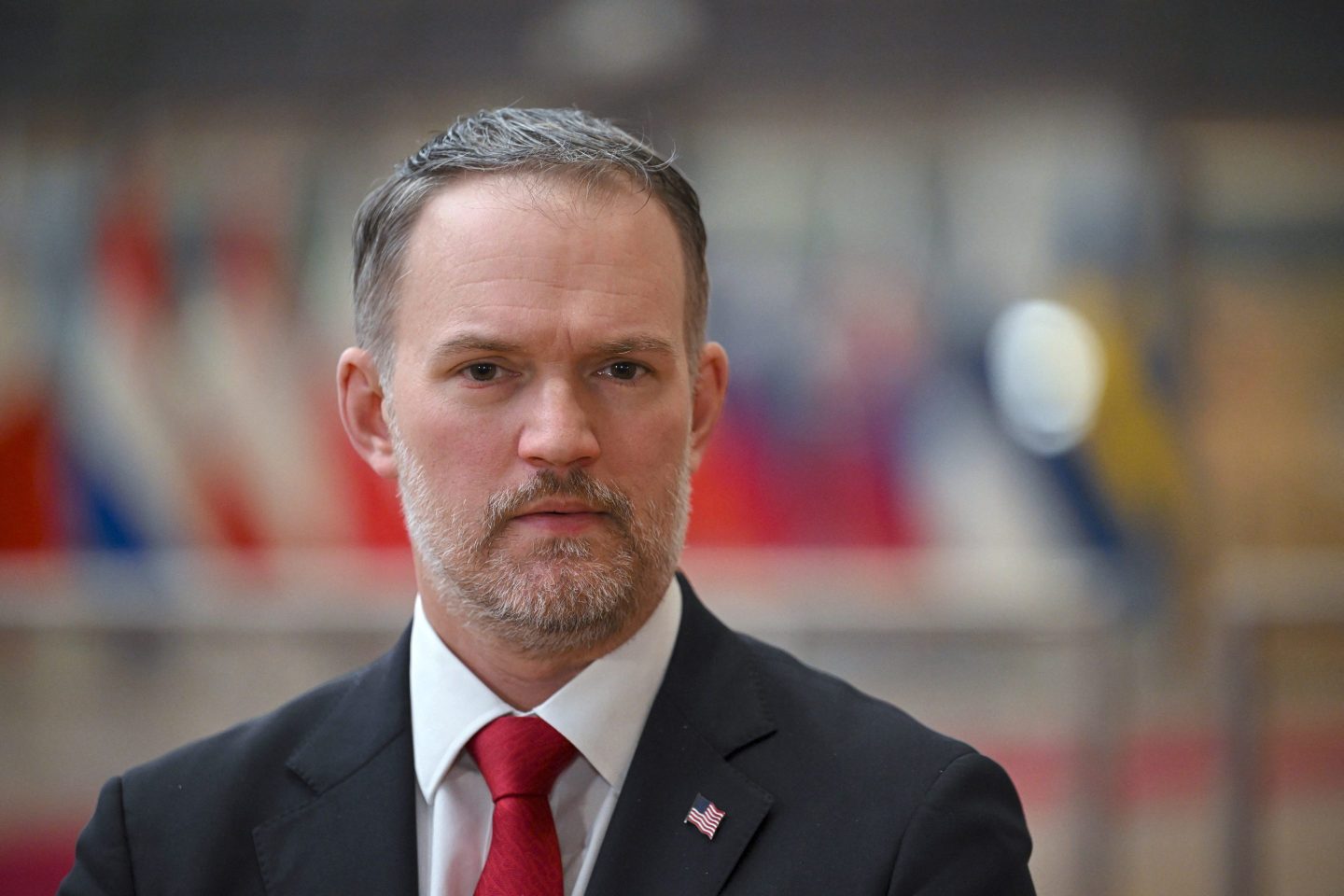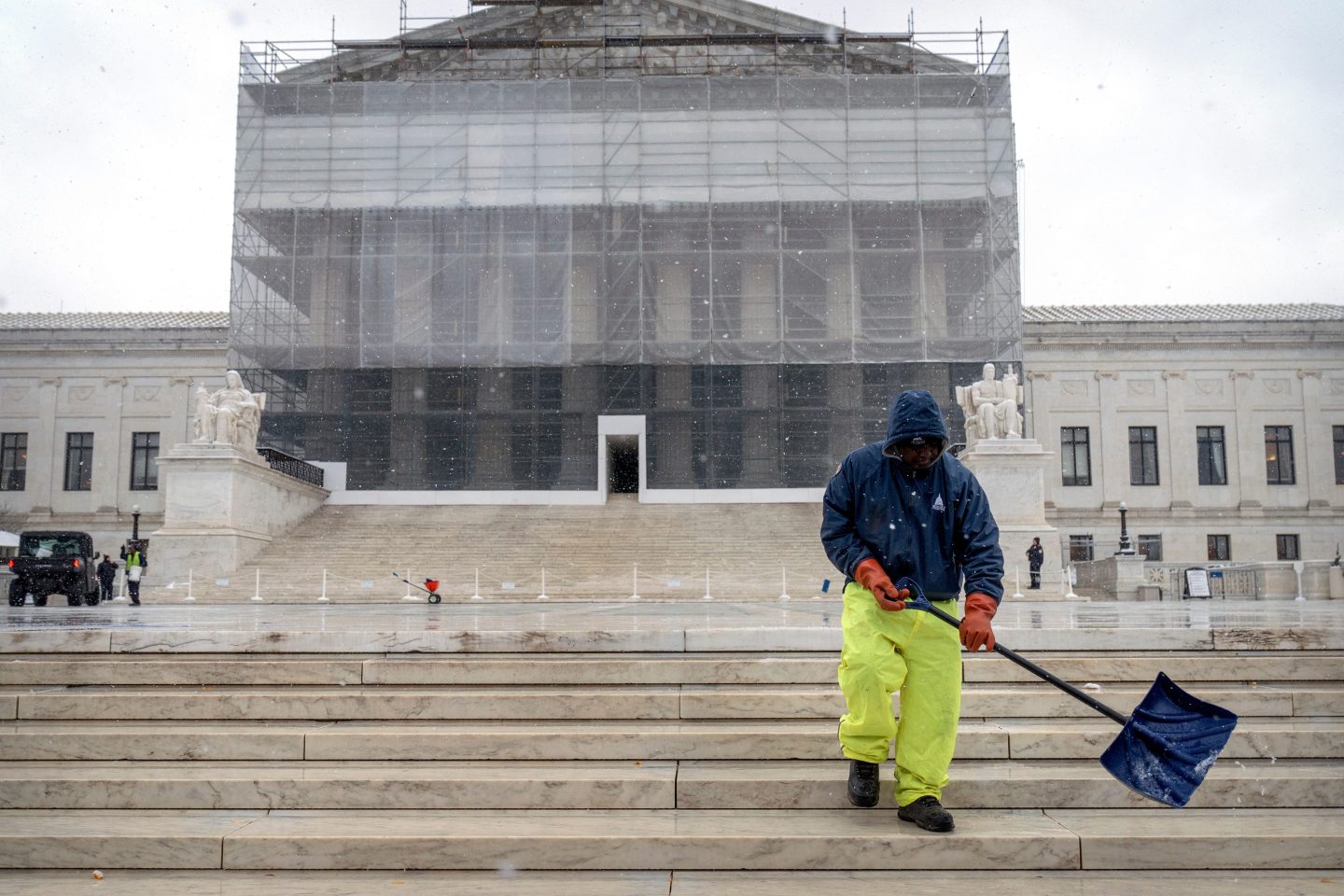“The Man Who Couldn’t Speak,” about Intel executive Sean Maloney, is one of the most rewarding stories I’ve done in my 27 years at Fortune. I met an amazing man, got to know an extraordinary family, and came to understand the heroic feat of recovering from a stroke.
I didn’t have enough space in the current issue to tell the full story of this man who had beaten the odds already (he got kicked out of high school…dropped out of college…and rose through Intel to be first in line to succeed CEO Paul Otellini) and then beat the odds again in the wake of his medical catastrophe. This past July, a year and a half after his stroke changed his life, Maloney moved to Beijing to be chairman of Intel China.
Sheer will is essential for any comeback. But also key is the support of others–in Maloney’s case, his wife and six kids, a Silicon Valley neighbor named Steve Jobs, and his Intel colleagues. As his wife Margaret told me, “What has driven Sean’s recovery is his desire to return to work.”
Maloney’s colleagues did a ton to help him recover. Intel’s Tokyo office sent more than 1,000 paper cranes because in Japan, if you wish on 1,000 cranes, your dreams will come true. Intel China sent video greetings, including one from a manager at the Great Wall saying, “Sean, I’m standing here because I want to give you great strength.” Intel China President Ian Yang stood in front of Beijing’s Olympic Stadium and said, “Sean, I want to give you all the strength that China harnessed for the Olympic Games.” Other colleagues in India, Turkey, Israel, and Mexico sent native foods. Deepak Chopra, whom the Maloneys consulted during his recovery, advised that stimulating the five senses can help stroke victims recover.
I also have to share this: I was drawn to Maloney’s story–and in kind, he and his colleagues at Intel were forthcoming—in part because I knew a bit about strokes and recovery. In February 2010, the same month that Maloney had his stroke, a kid named Wes Schlauch had a serious stroke. Wes, who was superathletic as Sean was, is the son of my closest friend from childhood. His stroke, which hit him right before his 17th birthday, apparently resulted from an ice-hockey injury–a whack to the back of the neck–which led to a blockage in his basilar artery.

Lucky Wes, he wasn’t expected to live, but he came back to life, in hospitals and full-time rehab, over the next 11 months. He, like Maloney, beat the odds because he had something to return to: high school, in his case. Dozens of classmates from the Hill School, northwest of Philadelphia, visited and prayed and cheered Wes on Facebook. (TeamWes has 2,582 fans). Hill’s headmaster came to see Wes and extended his scholarship. A few weeks ago, Wes returned to Hill, as a day student and “honorary senior.” He uses a walker to get around campus; classmates carry his books.
Up next for Wes: college. And for Sean at Intel: maybe the CEO job. (Yes, says current chief Otellini, Maloney is back in the running.) After Maloney’s story appeared in Fortune, I connected Sean and Wes, Beijing to Breinigsville, PA. Now they’re inspiring one another. After Maloney lost his speech function, centered in the brain’s left hemisphere, he persevered and learned to speak from the other side. Wes, meanwhile, saw his math skills decline somewhat; he’s compensated by strengthening his verbal abilities.
An amazing thing, the brain, isn’t it? These guys know it. “Mind over matter,” Wes told me when I visited him a week ago. “Believe to achieve,” he added. “I’m living proof that you can reach out and grab it.”











